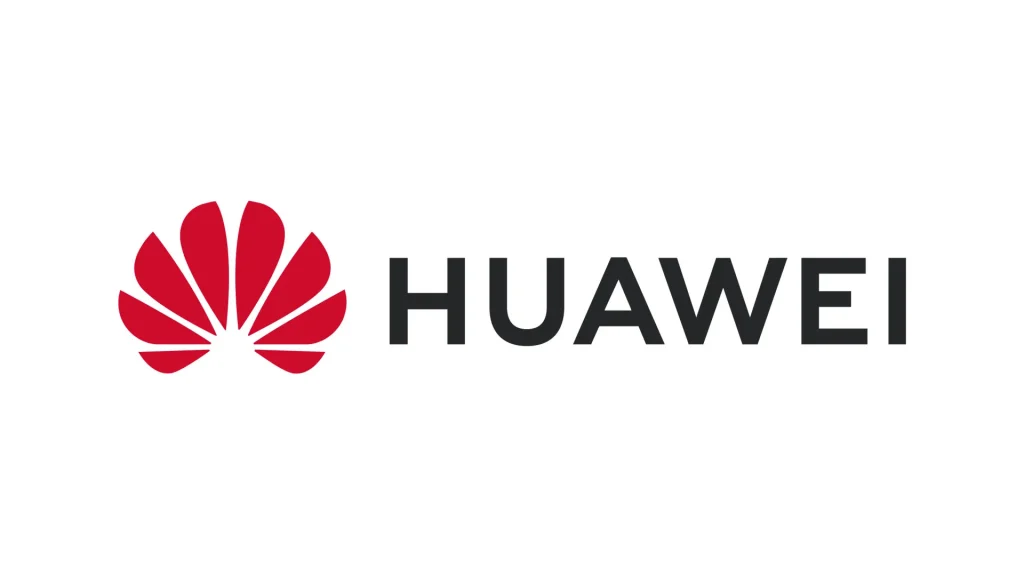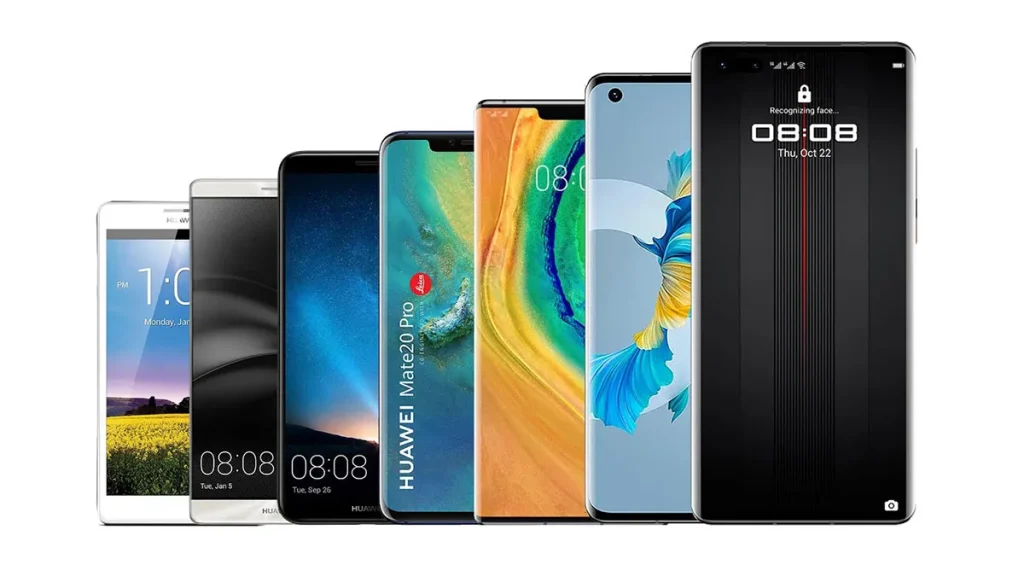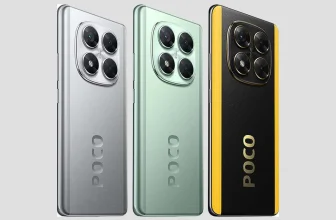
When you hear the name Huawei, the first thing that comes to mind for many is their high-quality smartphones and amazing cameras. You, like many others, have probably wondered where this Huawei phone is made? The simple answer is; China. But this answer only shows the tip of the iceberg. Huawei’s story is much more complex, fascinating, and adventurous than a simple Made in China label. Huawei is not just a phone company; it is a giant in the world of communications and networking, with its products used in more than 170 countries around the world and, in fact, the largest provider of telecommunications equipment in the world. The company has managed to leave behind major competitors like Ericsson and become a major player on the global technology scene.
The story of this brand is a story of an amazing rise and, at the same time, of dealing with unprecedented geopolitical challenges. A company that at one point managed to overtake Samsung to become the largest smartphone manufacturer in the world, but suddenly found itself at the center of a political and commercial storm. Therefore, when we ask where is Huawei made?, we are actually pressing the key to entering a larger world; a world in which the mobile phone in your hand is not just an electronic device, but a symbol of a great battle over the future of technology, security and power in the world. In this article, we want to take a journey together into the heart of this technology giant and see where this brand came from, how and where its phones are made and what has made it what it is today.
The story of the birth of Huawei; From a small room in Shenzhen to conquering the world
Every great story has a simple beginning and the story of Huawei is no exception. It all started in 1987 in the city of Shenzhen, China; a city that is today known as the technology hub of China. The company’s founder, Ren Zhengfei, was a former engineer in the Chinese People’s Liberation Army who, with a meager initial investment of around 21,000 yuan (roughly $5,000 at the time), founded a company that would change the course of technological history. Ren Zhengfei’s initial goal was ambitious: to build a Chinese telecommunications company that could compete with the foreign giants that controlled the entire Chinese infrastructure market at the time.
The Best 10 Samsung Galaxy S24 Ultra Cases of 2024
In the beginning, Huawei didn’t even manufacture its own products. The company’s initial strategy was to resell telephone switches that it bought from a Hong Kong company. But Ren Zhengfei went a step further and focused his team on reverse engineering the equipment. They would take apart the components, analyze them, and try to learn how they worked so they could build something similar. This clever strategy became the cornerstone of Huawei’s research and development (R&D) culture.
The first big breakthrough came in 1993. Huawei was able to produce its first digital telephone switch, the C&C08, which at the time was the most powerful switch in the Chinese market. Instead of directly competing with foreign giants in big cities, they wisely focused on small towns and rural areas and gradually gained market share. This strategy of learn, absorb, innovate became Huawei’s main roadmap:
- Learn: by reverse engineering foreign technologies.
- Absorb: by hiring Western management consulting firms like IBM to learn modern business structures and establish R&D centers around the world, from India to Sweden.
- Innovate: by investing heavily in R&D and reaching the point where they themselves became technological leaders.
Huawei entered the mobile world in 2003, and the company’s first Android phone was released in 2009. But the turning point that transformed Huawei from a mediocre brand into a serious competitor to Apple and Samsung was its partnership with legendary German camera company Leica in 2016. The Huawei P9 with its Leica dual camera set a new standard in mobile photography and brought the brand immense prestige and prestige. It was the story of a small workshop becoming a global empire, built through a combination of hard work, smart strategy and boundless ambition.

Where is Huawei’s factory?
So, let’s get to the main question; where exactly are Huawei phones made? The short and straightforward answer is that Huawei’s headquarters are in Shenzhen, China, and the main production and final assembly lines for its smartphones are also located in this country. China has become the main hub for mobile manufacturing in the world due to its huge supply chain, abundant workforce, and advanced infrastructure, and Huawei, like many other brands, is making the most of this advantage.
But to be more precise, the story goes much further than this. Today, the phrase “Made in China” no longer means that all the parts and ideas for a product are formed from scratch in China. A modern smartphone is a completely global product. It’s better to say that Huawei phones are assembled in China, but created by the world.
In order to stay on the cutting edge of technology, Huawei has created a huge and extensive network of research and development (R&D) centers around the world. The company has more than 20 research centers in countries like Germany, Sweden, Canada, India, Russia, and Turkey. It’s interesting to know that almost half of Huawei’s employees worldwide, or more than 76,000 people, work in research and development alone.
What does this mean? When you pick up a Huawei phone, its camera design may have been developed by German engineers at the Leica Research Center, some of its communication and networking technologies may have been developed by Swedish researchers, and its AI algorithms may have been developed by a team in Canada. These brains from all over the world send their ideas and innovations to China, and finally, these puzzle pieces are put together in advanced factories like Foxconn, which also makes phones for Apple, to form the final product.
So, that Made in China label only refers to the last step in a very complex and global manufacturing process. The intellectual DNA and innovations used in a Huawei phone are completely international. This global R&D network is both Huawei’s greatest strength in competing with the best in the world and its Achilles heel, as this global presence has made it more susceptible to political and commercial conflicts.
An important point; You may have heard that you can tell which country a phone was made in by its IMEI number. This is an old and outdated belief. In today’s world with complex supply chains, this method is no longer valid and cannot tell you exactly which factory your phone was made in.
Getting to know the Huawei phone family
In order to cover different tastes and different budgets, Huawei produces the i phone in several main series. The company’s strategy is like a pawn move in chess; With its flagship and expensive series, it attacks the luxury market to increase its brand reputation and showcase its innovations. At the same time, with its mid-range and budget series, it targets the general market to have mass sales and bring more users to its ecosystem. Let’s get to know the Huawei phone family better:
Mate Series Huawei Phones (Technology Giant)
The Mate series is the main showcase of Huawei’s power. Everything the company has in store, from the most powerful processors and largest batteries to bizarre innovations and giant displays, is first unveiled in this series. Mate phones are always a few steps ahead of their time and are designed for those who want the best of the best and are willing to pay for it. This series can be considered the equivalent of Samsung’s Galaxy Note series. This series of Huawei phones is designed and built for technology lovers, professional users and business executives.
Huawei P Series (now called Pura) Phones
If the Mate series is Huawei’s brain, the P series (or Pura) is its artistic heart. The main focus of this series has always been on the camera. This is where Huawei pushes the boundaries of mobile photography. The historic partnership with Leica began with this series, and these phones always use the best sensors, lenses and image processing algorithms. The design of the P series is always stylish, elegant and well-made, and is made for those who want to have a professional photography studio in their pocket. This series is a direct competitor to Samsung’s Galaxy S series.



